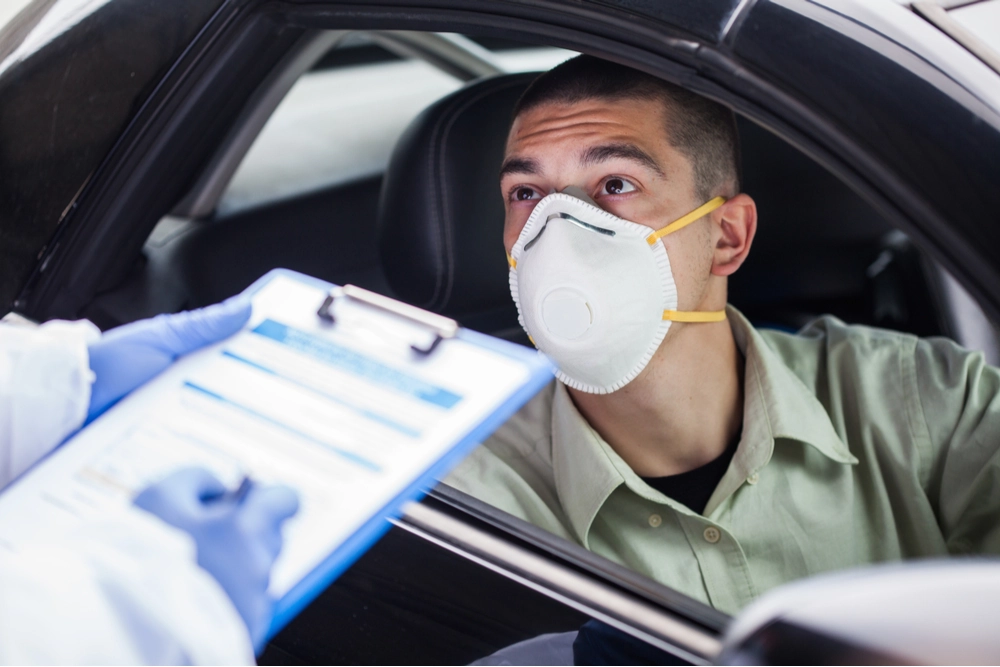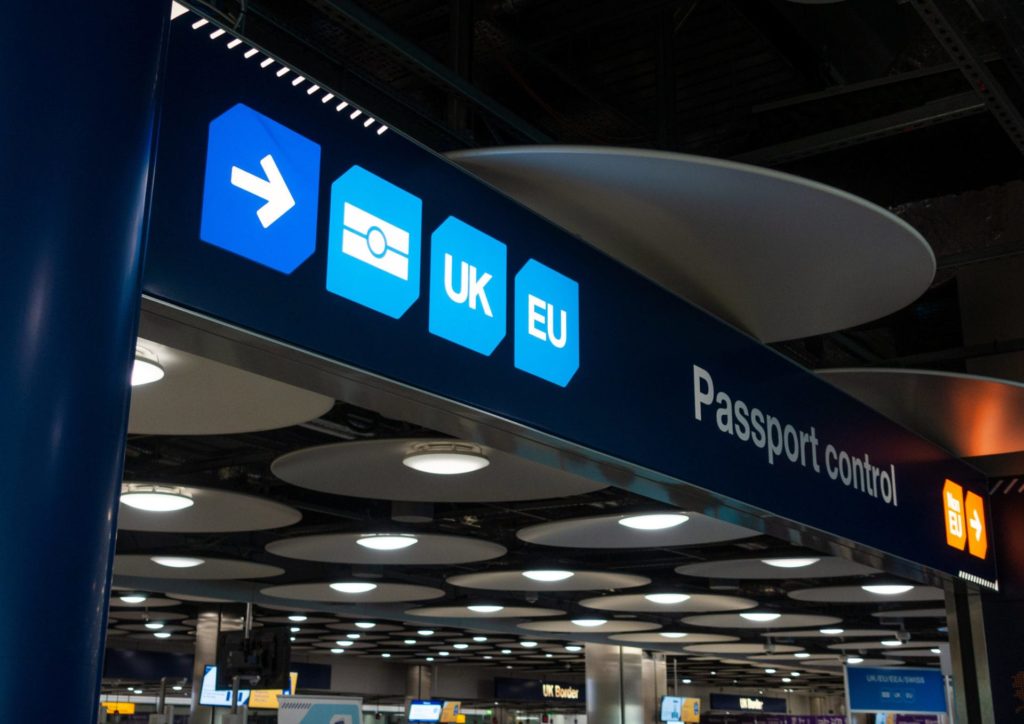

On 1 April 2022, the government released new guidance in respect to reducing the spread of respiratory infections, including COVID-19, in the workplace. This guidance contains principles for workplace management in respect to reducing the spread of respiratory infections and replaces the "Working safely during coronavirus" guidance.
It is no longer a requirement for an employer to explicitly consider COVID-19 in their statutory health and safety risk assessments but the requirement to comply with legal obligations to health and safety remain. There are some limited recommended actions for employers to help reduce the spread of infections, including encouraging vaccination, letting fresh air in, and maintaining clean workplaces.
There is no requirement to report workplace outbreaks to your local public health team. Employers should therefore continue with requirements for cleaning, ventilation, and welfare facilities in the workplace to manage occupational health and safety risks. Employers also remain under an ongoing duty to consult with employees (or their representatives) on health and safety matters.
Guidance has also been updated in respect of people who have symptoms of respiratory infection (including COVID-19) and reiterates common symptoms of such viruses (cough, aches, fever etc) and recommends that if any symptoms are experienced, individuals should try to remain at home and avoid contact with others until there is no longer a high temperature (if applicable) or until they no longer feel unwell.
The guidance also indicates that most adults who have a positive test for COVID-19 will cease to be infectious 5 days after they took the test, whilst those under 18 will usually cease to be infectious 3 days after they took the test arguably because children and young people tend to be infectious for less time than adults. So, the guidance appears to be supporting shorter isolation (as a good idea, rather than a requirement) for both adults and children (with good news for parents of children who have a positive test given the significantly reduced recommendation for isolation).
Unhelpfully, the recommendation if an individual cannot work from home is that they contact their employer to discuss options available. As such, it has very much placed the onus on the employer to decide what action is to be taken where an employee has a positive test and/or is otherwise experiencing symptoms of respiratory infection. Employers may choose to pay full pay in order to keep infectious employees at home and away from the workplace. However, this may open up certain employees to exploit the employer's sickness absence policy and/or be seen as too great a cost (particularly if an employer does not usually offer enhanced sick pay), so there is a difficult balance to be struck.
Further separate guidance has been updated in respect to people aged 12 and over who have weakened immune systems and are therefore high risk. Again, there is little guidance to employers of such vulnerable individuals beyond the suggestion that they work from home where they can and/or that other arrangements are made to reduce their risk. Although the requirement to explicitly consider COVID-19 in health and safety risk assessments has been removed (unless working in a COVID-19 laboratory), it may be worth choosing to maintain these in relation to such individuals, where other larger accommodations (such as working from home) cannot be made. It is also worth noting that employers may need to consider reasonable adjustments for Equality Act purposes if vulnerable individuals have a disability.
Separately, the ICO has updated its guidance in respect of data protection considerations in light of the relaxation of COVID-19 measures across the UK. This indicates that you need to reconsider whether you still need to collect or keep additional personal information (on e.g., health or vaccination status) that you may have been collecting for COVID-19 purposes and what your ongoing lawful basis for this is.
What to consider for your organisation
- How to update your risk assessments and work practices in light of the new public health guidance. What Covid-safe measures should be kept in place? Ventilation and cleaning measures seem key to keep in place. Will you have a separate consideration for managing vulnerable employees in the workplace going forwards?
- How to share the latest guidance to employees on when to stay away from work and when to come in. Will you encourage and/or support testing? Would you like employees to notify you when they have taken a test which had indicated they are positive or COVID-19? If you are going to accommodate employees who have tested positive but feel well enough to work, what additional risk reduction measures (e.g., mask wearing and social distancing) will you put in place? Would it be sensible to ask vulnerable employees to have discussions about any concerns they have in order to discuss what steps to reduce risk to them might be appropriate on a more long-term basis.
- What will you pay people who are sick – and whether you have been clear in communications about that (particularly if you are moving away from full pay which you may have had in place temporarily when self-isolation for COVID-19 was mandatory) If you are going to require employees to remain away from work in any circumstance where the employee maintains they are ready and willing to work, bear in mind you will need to pay them in full for such absence.
- What additional health-related personal data did you start to collect from employees in response to COVID-19 and the legislation in response to it. Do you still need this data? Do you still have a lawful basis and Article 9 condition for processing it?





























